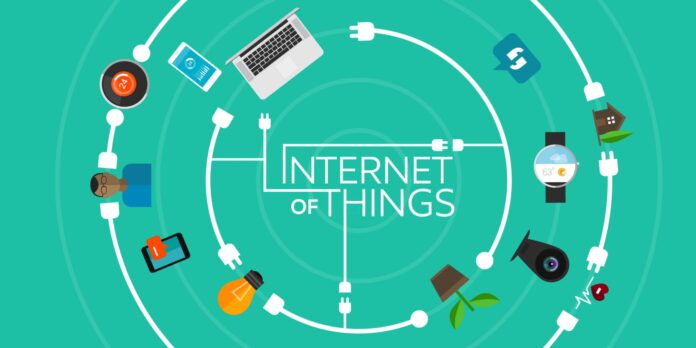Academic researchers from Georgia Institute of Technology, Princeton and Notre Dame have collaborated to recommend requirements for the wireless infrastructure that will support the internet of things. The researchers said that despite the quality of today’s wireless networks “there remain very difficult challenges to meet the needs of the emerging smart infrastructure, specifically in terms of number, bandwidth, and heterogeneity of connections” needed to support the IoT. The researchers also highlighted the need for more coverage, lower latencies, support for low-energy devices, and better security for IoT devices.
These are issues that the Third Generation Partnership Project (3GPP) hopes to address as it defines specifications for 5G, but there are many stakeholders and use cases driving the 5G agenda, and not all of them are focused on the internet of things. The IoT will require flexible infrastructure, high bandwidth, security, agility, resiliency, flexibility, reliability and partnerships with the public sector, according to the researchers.
Flexible infrastrcture means software defined networking, edge computing, virtualization of network functionality, machine learning, and data analysis. The researchers see the need for systems that can dynamically analyze wireless signals and simultaneously monitor performance in multiple radio bands and air interfaces, “to optimize wireless
channels and network configuration (e.g., power, channel assignment, beam direction, protocol parameters,
etc.) for better network performance, especially in regions with dense deployments.”
Distributed deployment of radios, baseband servers, compute nodes, routers and switches is widely viewed as a prerequisite for the internet of things, and this research reinforces that idea. The professors also called for “better design of the
fiber-wireless interface to optimize utilization of the fronthaul optical bandwidth,” and better design of the high-speed
switches to facilitate fog computing and dynamic clustering of distributed baseband units.
The researchers also urge service providers to work on better integration of cellular, Wi-Fi and wired internet services, and to work more closely with the public sector. Specifically, companies are urged to partner with law enforcement agencies, transportation authorities and educational institutions. The group also identified a non-profit initiative called the Rockefeller 100 Resilient Cities as a potential partner for service providers that want to help cities be better equipped to deal with “shocks and stressors.”

